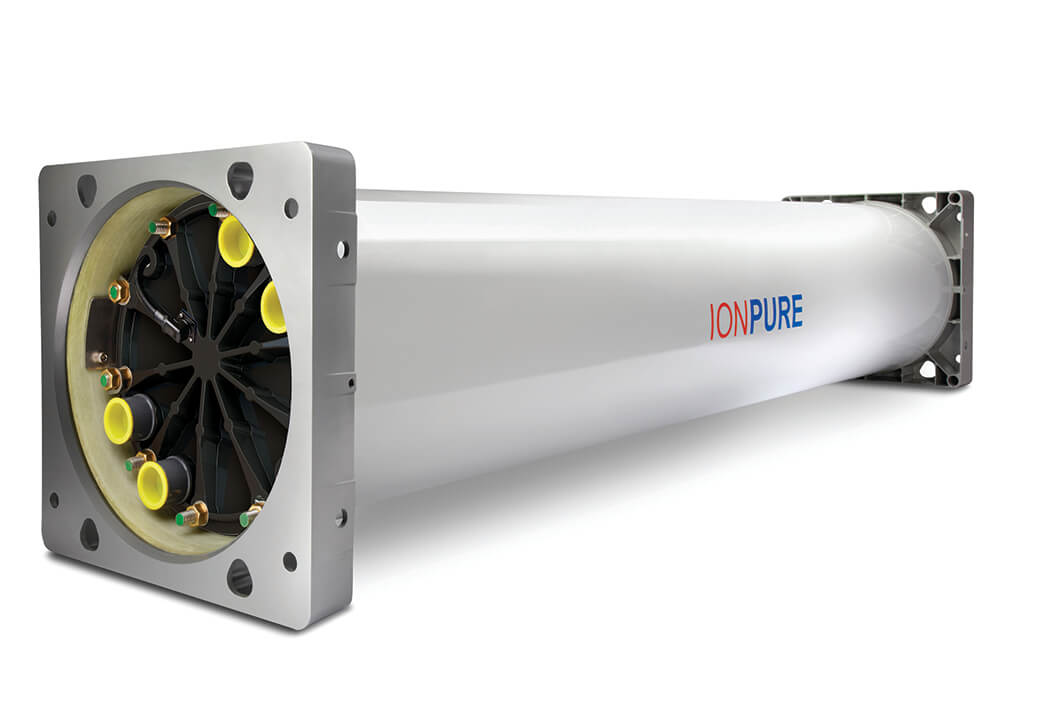Given the continuously growing demand for its products, the microelectronics industry – including semiconductor manufacturers – continues to evolve and face new challenges. One such challenge is the need for consistent ultrapure water (UPW) throughout the manufacturing process. In this blog, Patrick Buzzell, director of product management at Evoqua Water Technologies, discusses crucial boron removal and Evoqua’s leading-edge solution.
In the first quarter of 2023, global sales of semiconductors stood at a staggering $119.5 billion, and the industry is expected to grow.[1] In the pandemic’s wake, manufacturers are working to future proof their operations with localised supply chains, maximise performance, pursue new chip architectures and improve production efficiency as they expand.
To improve production efficiency, one area of focus is minimising product defects and the spotlight is being shone on one well known water contaminant, boron. Boron is a challenging contaminant for the microelectronics industry due to its weakly charged nature. Excess boron in ultrapure water (UPW) used during manufacturing can lead to defects in microelectronics, and, ultimately, failure to meet the tight specifications required. As a result, the industry has stringent boron removal limits, as low as one part per trillion (ppt). To meet this extreme standard, electrodeionisation (EDI) has emerged as a leading technology for UPW production, offering numerous benefits over the traditional process, mixed bed deionisation (MBDI).
Taking Charge of Boron
Evoqua’s state-of-the-art Ionpure® VNX-Ultra is a superior and efficient continuous electrodeionisation (CEDI) system that has been developed and optimised for the microelectronics industry. Unlike MBDI systems, CEDI technology delivers consistent water quality and continuous output, streamlining operations. The Ionpure VNX-Ultra is extremely effective at removing boron from UPW, with typical boron and silica removal ≥ 99.8% and sodium and chloride removal ≥ 99.9%. This class-leading technology is our most powerful Ionpure module to date. It can effectively hit 1 ppt boron with a one system set-up configuration and no requirement for boron selective resin.
As with all manufacturing processes, cost and ROI are key considerations. The Ionpure VNX-Ultra has been demonstrated to provide a one to two-year return on investment while also offering significantly lower OPEX than traditional MBDI solutions. This comes from a combination maintenance reduction alongside the savings derived from reduced chemical expenditure. Cleaning requirements are extremely low and in many cases for semiconductor makeup systems have not been required over 7 years of operation. Ionpure VNX-Ultra requiring minimal servicing. This also means that the system is more sustainable, with reduced transport and energy emissions thanks to its increased efficiency and chemical-free operation.
Importantly, one of the greatest benefits of using CEDI technology is critical improvements in safety through eliminating the handling and storage of hazardous chemicals. Loss-of-life and serious injury is a very real threat from the chemicals associated with traditional MBDI technology which requires chemical regeneration. Given that safety is the top priority in any manufacturing situation, the elimination of hazardous chemicals from daily operations and personnel interaction should always be a consideration.
A Brighter Future
As manufacturers look to future-proof their operations, expand production, and meet increasing demand, the Ionpure VNX-Ultra provides a sustainable, low-maintenance, and safe alternative to traditional MBDI methods. Using an advanced CEDI system enables microelectronics manufacturers to optimise their UPW production processes and confidently address boron removal, ensuring consistently high-quality output, free from defects.
[1] https://www.semiconductors.org/global-semiconductor-sales-decrease-8-7-in-first-quarter-march-sales-tick-up-month-to-month-for-first-time-since-may-2022/
